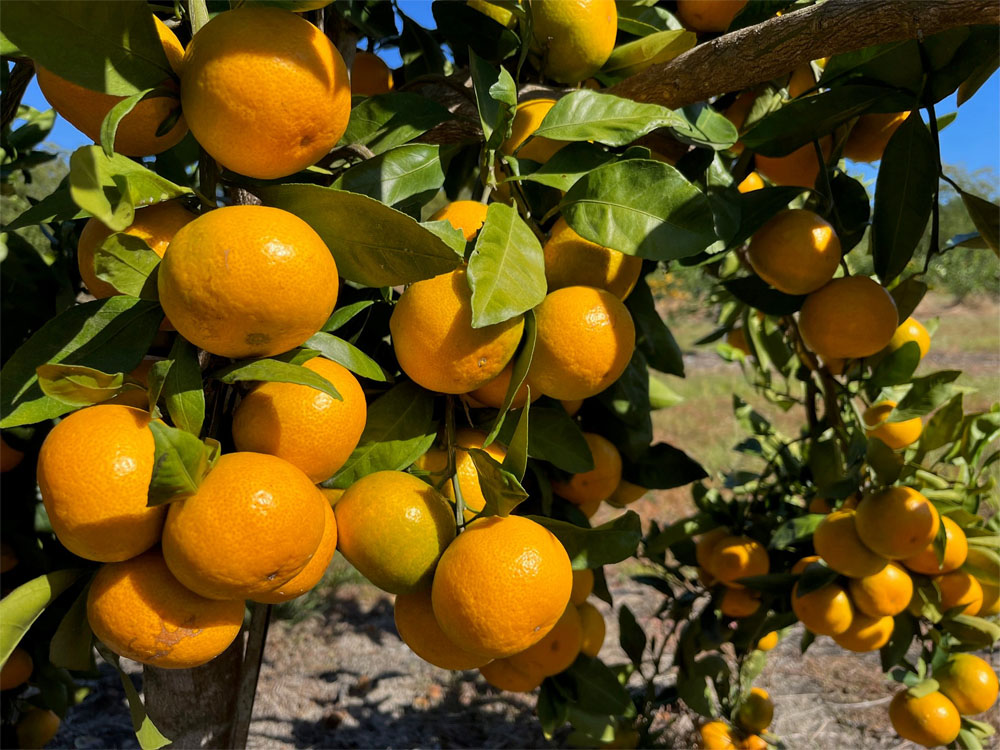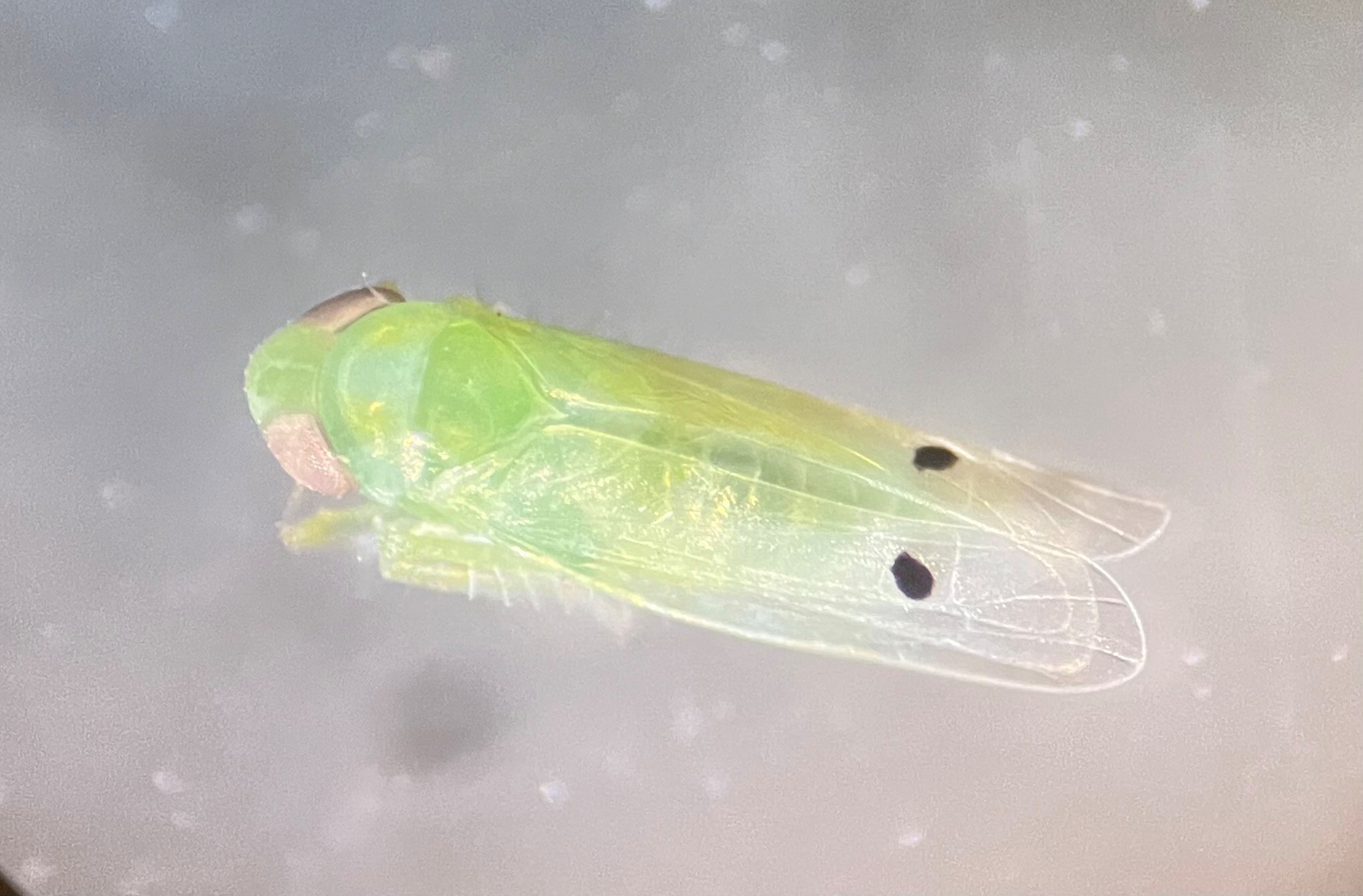By Sharon Omahen
University of Georgia
Georgia white shrimp rated highest in a University of Georgia
consumer survey of six shrimp varieties. That’s good news for the
state’s shrimpers.
“Georgia fishermen have always thought their shrimp were
sweeter,” said Marilyn Erickson, a food scientist with the UGA
Center for Food Safety in Griffin, Ga. “But they’re having
trouble competing with the farm-raised shrimp that are flooding
the market from India, China, Ecuador and Thailand.”
Imported, farm-raised shrimp make prices cheaper for
consumers, but they hurt fishermen who harvest shrimp from the
wild, she said. About 85 percent of the shrimp eaten in the U.S.
is imported.
The survey says…
The study, funded by the Georgia Sea Grant Program, involved
metropolitan Atlanta-area consumers from the $30,000-or-more
annual income bracket who eat shrimp at least three times a year.
“We had to select a target group of consumers that could
afford to purchase shrimp and who actually do purchase them,”
said Anna Resurreccion, a UGA food scientist who led the consumer
panel portion of the study. “One-third of our panelists reported
eating shrimp at least once a month.”
Half of the panelists choose large shrimp most often; 46
percent buy deheaded, shelled and deveined shrimp; and 58 percent
prefer to eat fried shrimp.
The panel evaluated six shrimp varieties: Georgia white, Gulf
brown, Mexico white, Panama white, India tiger and China tiger.
The panel was served each variety as a boiled dish and asked to
judge each on appearance, color, aroma, moistness, flavor and
texture.
Georgia white ranked best overall and best in the aroma
category. It was second in appearance and color. Best flavor and
texture went to India tiger shrimp. Mexico white ranked best in
color, appearance and moistness.
Shinier tails
The survey uncovered an unusual feature of Georgia white
shrimp: an iridescent tail.
“It became obvious in the fresh shrimp,” Erickson said. “The
fresher the shrimp, the more iridescent the tails appeared. The
Georgia whites also looked more red-orange when they were
boiled.”
The study also included a storage study of fresh versus frozen
shrimp.
“Fresh, of course, was found to be the best for taste,”
Resurreccion said. “But our study revealed that juiciness and
sweetness decrease with time of storage. Even when shrimp are
stored in ice, these qualities begin to decrease after just three
days.”
Overall, Resurreccion says, fresh shrimp are usually best. “If
you can’t get truly fresh shrimp, you may actually do better
buying frozen shrimp,” she said. “And, in Georgia, you can get
the freshest Georgia shrimp.”
Consumers willing to pay
Nearly two-thirds of the panelists were willing to pay more
for shrimp that were certified.
“Having shrimp certified would serve as a type of guarantee
for consumers,” Resurreccion said. “Consumers see certification
as a vote of confidence, much like the Good Housekeeping seal of
approval.”
“The shrimpers can use our study to help market their product
and make their industry more profitable,” Resurreccion said.
The UGA Marine Extension Service is working closely with the
Georgia Shrimp Association on the marketing effort. Georgia wild-
harvested shrimp are now officially known as Wild Georgia Shrimp.
“When you control only 15 percent of the market, you don’t
control the prices,” said Keith Gates, associate director of the
UGA Marine Extension Service in Brunswick, Ga. “Prices for
American shrimp are depressed right now. Our shrimpers are
getting less per pound for wild-caught, domestic shrimp than they
did in 1977.”
Gates along with Richard Vendetti, a fisheries economist with
the UGA Marine Extension Service, are active in regional
marketing efforts aimed to help shrimpers along what is called
“the South Atlantic bight,” the area off the coast of South
Carolina, Georgia and north Florida where wild-caught shrimp are
harvested.
“We’ve developed a quality manual for Wild Georgia Shrimp,”
Gates said. “And we’re working to train fishermen how to control
quality during harvest and storage.”
Many docks, distributors, restaurants and retailers have
signed on with the Wild Georgia Shrimp program. “Georgia
shrimpers are optimistic that finding a market niche for their
product will help turn the tide for them,” Vendetti said.
Gates says Wild Georgia Shrimp may fit into a high-scale niche
market as a product for upscale restaurants. “If the product is
handled well, there are no better shrimp than those caught off
the Georgia bite,” he said.
For more on the Wild Georgia Shrimp Program see the program
Web site at www.wildgeorgiashrimp.com.




